A combination of faults, troubleshooting and errors led to both pilots of a flight to have symptoms of incapacitation, because of their oxygen supply.
On Thursday, the Australian Transport Safety Bureau (TSB) released the final report on an unusual incident. In August 2018, the crew of an Express Freighters Australia 737-300 were performing flight QF-7335. They would fly from Brisbane (YBBN) to Melbourne (YMML). This was a flight that the airline was operating for Qantas freight.
The details of the original problem are too complicated to explain in such a short article. But the issue didn’t begin as an oxygen supply problem, for either or both pilots. The aircraft’s issues began at approximately 13:00 local time, almost an hour into the flight. The aircraft had an intermittent Master Caution light. Eventually, the crew identified the issue as a possible bleed air leak, from the ducting of the right wing.
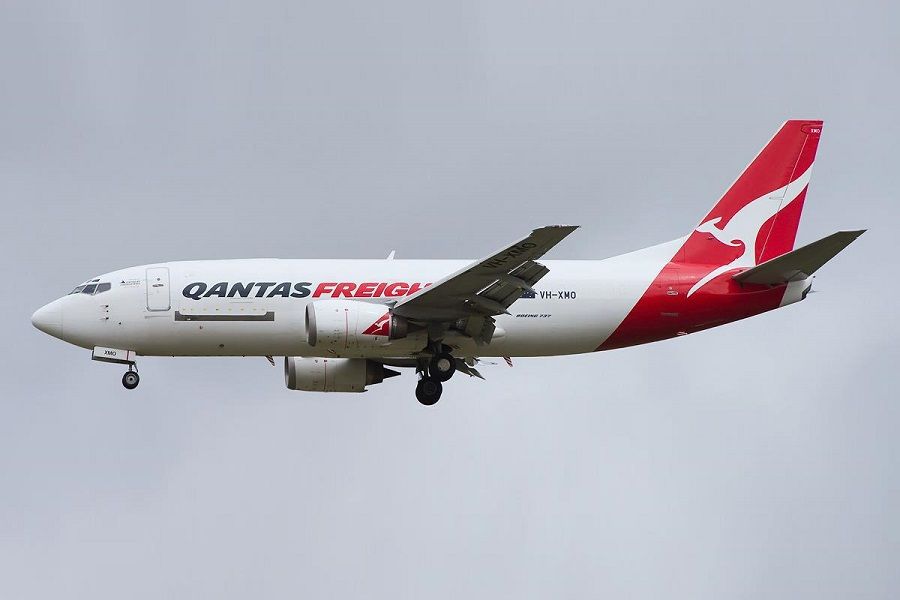
The crew consulted their Quick Reference Handbook (QRH) and conducted the appropriate non-normal checklist. Unfortunately, the problem persisted even after they performed all prescribed steps. It would later transpire that another fault (faulty isolation valve) was compounding the problem. The pilots then contacted company maintenance via VHF, for assistance. They elected to troubleshoot the issue in this manner, rather than declare an emergency.
Both Pilots Have Oxygen Issues
Following the engineer’s instructions, the crew made changes contrary to the QRH checklist. They then lost radio contact with engineering. Soon afterwards, they could see that cabin altitude increasing. So both pilots decided to don their oxygen masks and descend, initially to 20,000 feet. Both remarked feeling unwell, however their symptoms didn’t correspond to hypoxia (lack of oxygen). But they discussed the possibility of fumes coming into the cockpit.
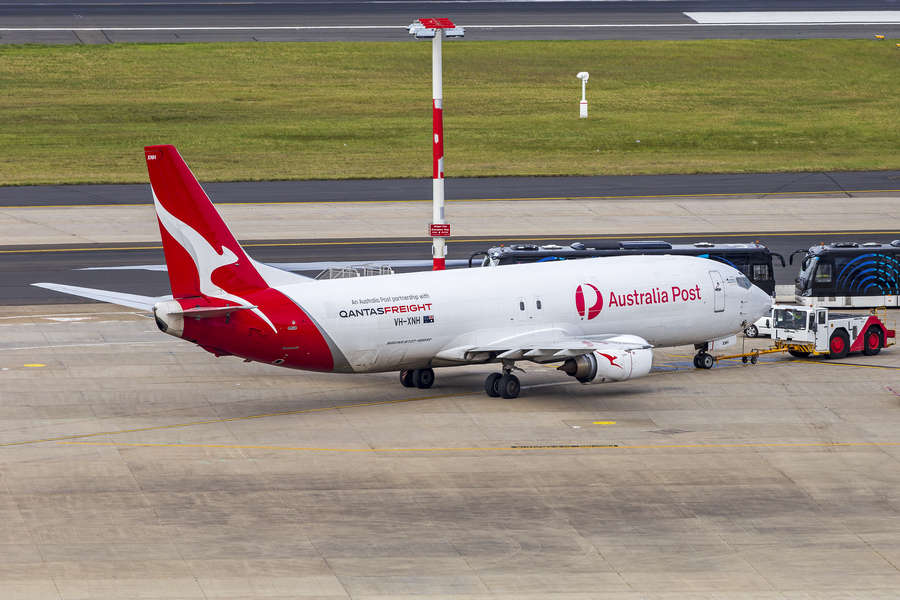
Both pilots faced different issues with their oxygen supply. The Captain was first, mistakenly selecting ‘purge’, while manipulating the mask’s settings. This is a setting that allows smoke and/or debris to clear the mask. The Captain ingested pressurized oxygen, which caused a gagging reflex. Seeing the Captain struggling and slumped forward, the First Officer declared MAYDAY. Air traffic cleared the crew to a descent to 10,000 feet.
The Captain recovered quickly, but oxygen continued flowing through the mask audibly, at a high rate. The crew diverted to Canberra Airport (YSCB). Even after descending, both pilots agreed that the First Officer should stay on oxygen, fearing fumes. However, likely because of the Captain’s mask, the crew’s oxygen supply depleted. The First Officer retrieved a portable oxygen unit and connected to it.
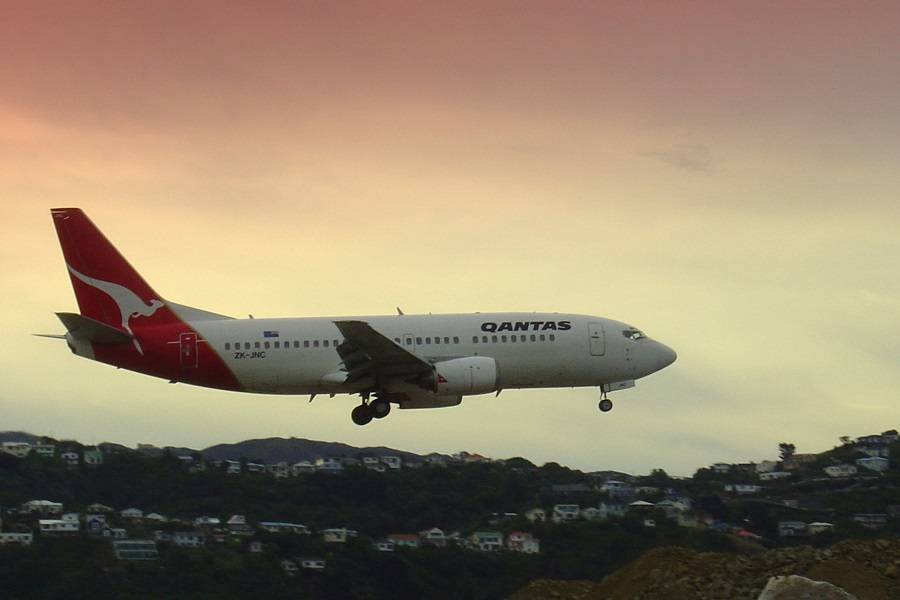
Shortly afterwards, the Captain realized that the First Officer was unresponsive. The First Officer also tried operating a portable flight bag, unsuccessfully, in preparation to the approach in Canberra. Eventually the FO responded, confirming feeling unwell and having back pains. The Captain landed the aircraft successfully in Canberra, informing ATC of the FO’s incapacitation. Ground crews attended to both pilots, noting that the First Officer showed signs of hyperventilation, likely due to excessive oxygen.
The Aircraft, And Aftermath
The incident aircraft is a Boeing 737-376(BDSF) freighter, tail number VH-XMO, that first flew in 1987. At the time both pilots had their oxygen issues, the aircraft was about 31.5 years old. It started flying for now-defunct Australian Airlines, joining Qantas in 1993. Barring a three-year stint with Jetconnect in New Zealand, the aircraft stayed with Qantas. When it became a freighter it joined Australian Air Express, another Qantas freight subsidiary. Express Freighters Australia now operates the aircraft, but it remains Qantas property.
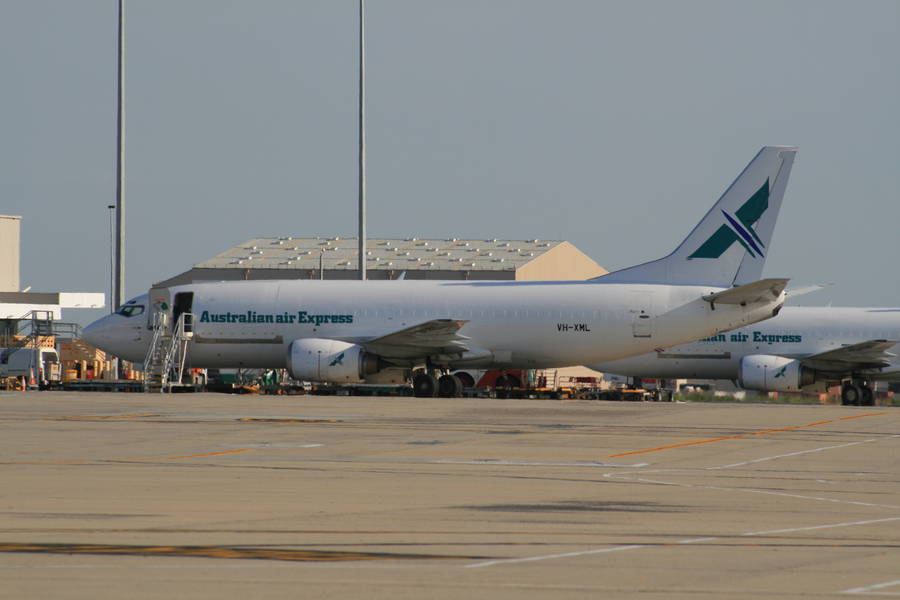
It seems that in their concern about incapacitation from a lack of oxygen, both pilots got more than they bargained for. Later, the Flight Data Recorder showed that at no time did the cabin altitude exceed 10,000 feet. Air sample tests showed no signs of fumes in the aircraft. The incident report discusses the aircraft’s issues, but focuses more on the crew’s troubleshooting and subsequent actions.
Interestingly, the issues both pilots had with oxygen weren’t related to each other. The Captain’s issue related to the inadvertent selection of emergency purge. But this only gave the Captain a temporary incapacitation. The First Officer’s incapacitating symptoms were consistent with hyperventilation, due to anxiety as the emergency unfolded. Neither crew member had any lasting negative health effects.
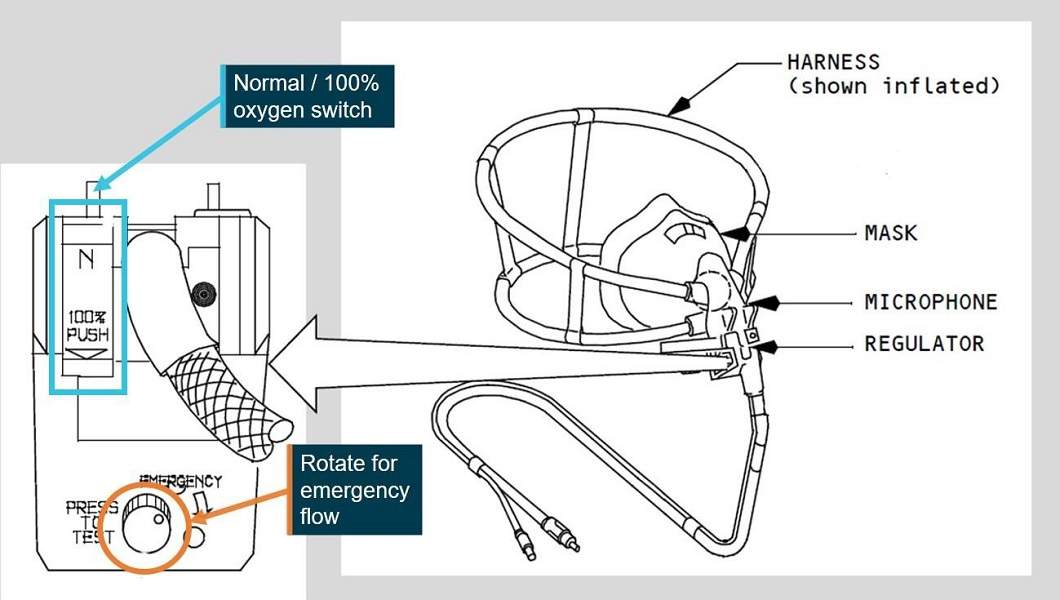
After this event, the airline inspected its fleet and found similar damage to other Boeing 737-300s. They rectified these issues and amended maintenance procedures and inspections, to catch such issues in the future. Plus, the company amended training, forbidding crews and engineering to perform/authorize actions contrary to the FCOM/QRH.
In researching both the technical issues and the oxygen problems the pilots faced, Australia’s TSB found no previous instances of pilot incapacitation due to hyperventilation.
Source: ATSB Final Report




1 comment
Bruce Atkinson
Off topic, but are there airspeed control issues with the A220? Or is it just that pilots are still getting used to a new aircraft? I flew on two different A220s in the last week. The first was MSP to LGA. The last few feet of the landing were done all at once. However I didn’t detect a bounce. The return flight landing was much the same. It seemed in both cases, although the LGA runway was much shorter, that the approach speed was a little hot and the runway length determined the plane needed to land.